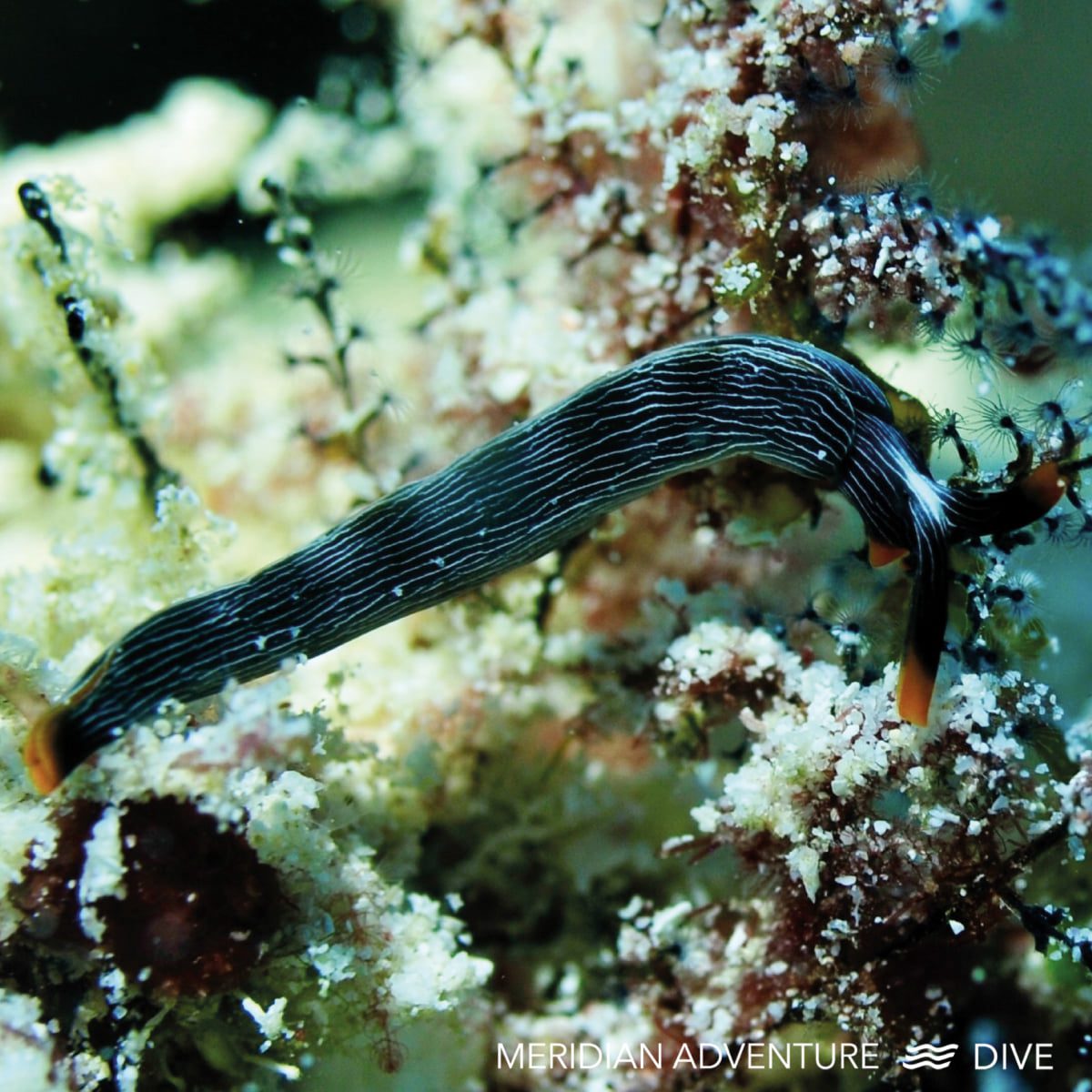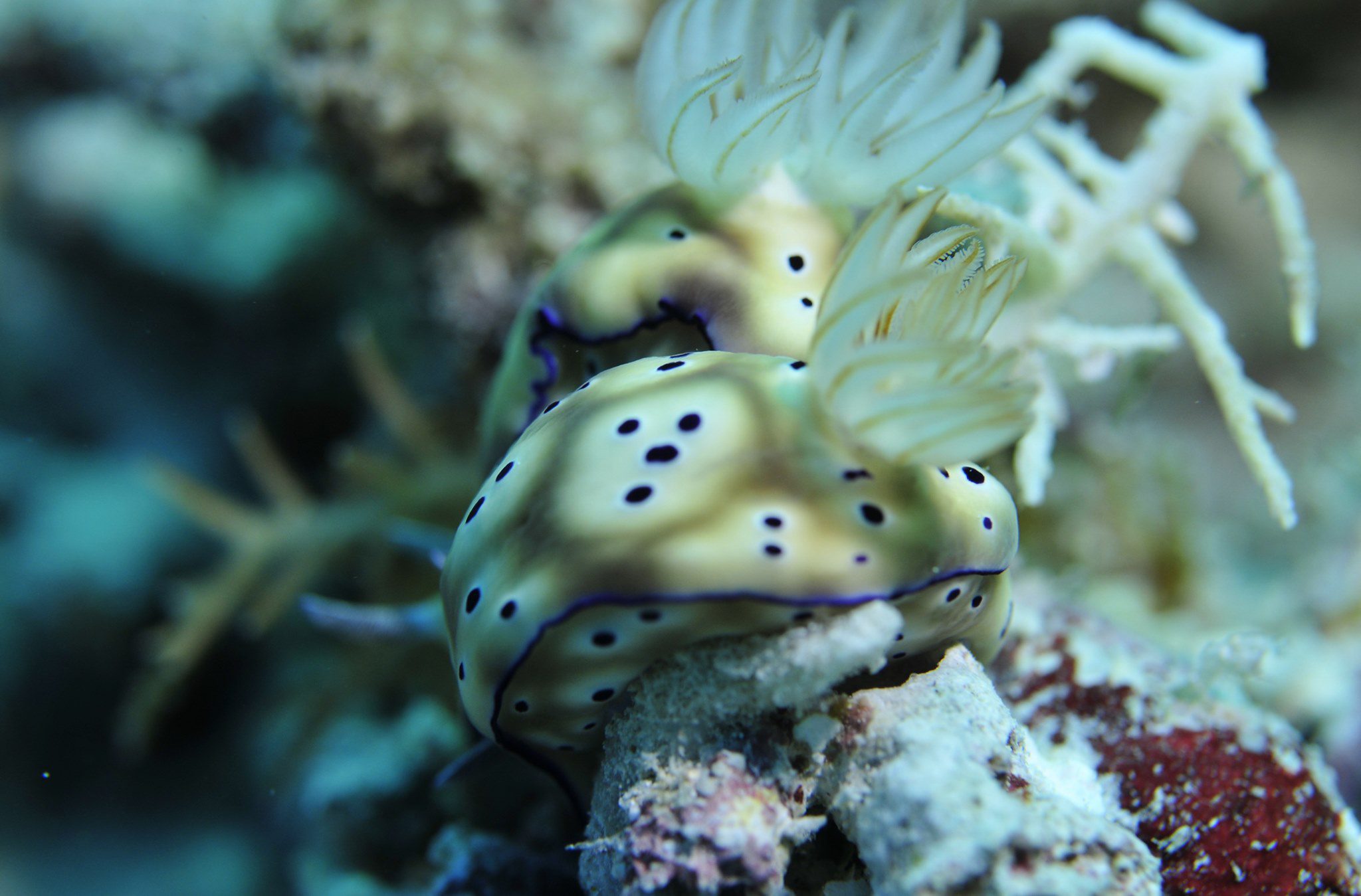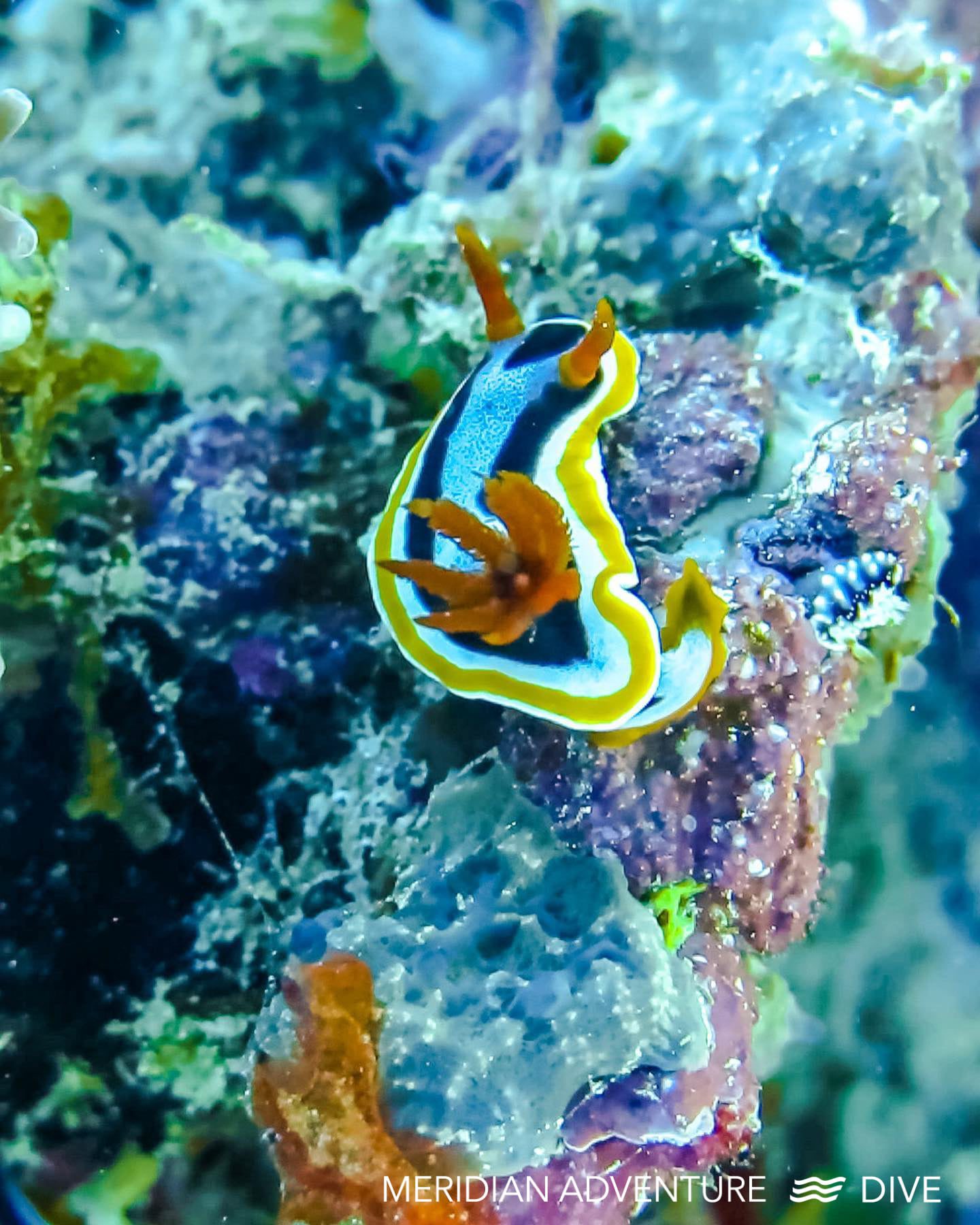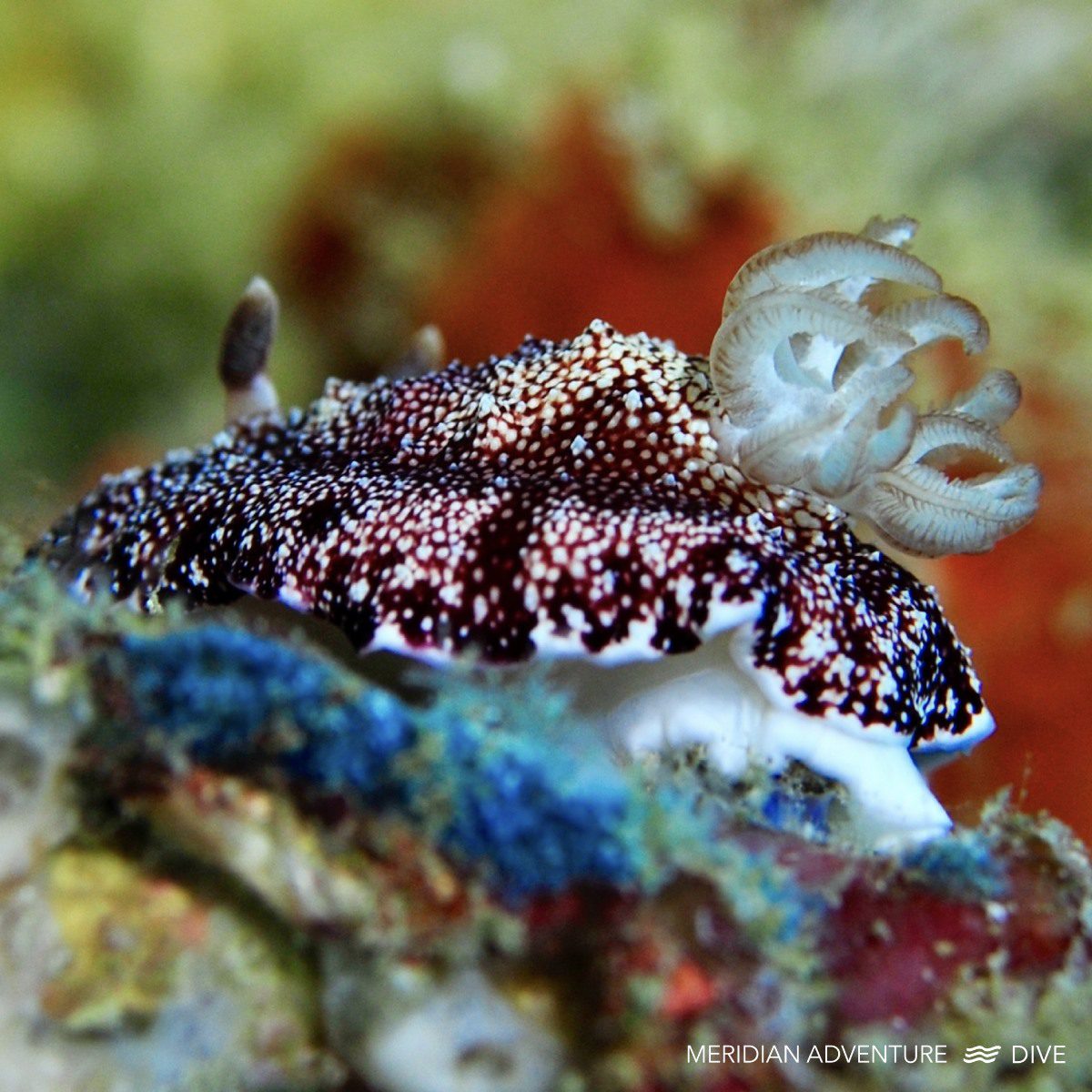The Raja Ampat Creature Feature: Nudibranchs
Raja Ampat is rightly known as the most biodiverse marine ecosystem in the world. The abundance of healthy coral reefs and marine species is a diver's dream. The Nudibranchs are one of our favourite marine creatures you can see during your visit to the region.
The smallest creatures get the most attention from divers worldwide. More than 3000 species of these gastropods have been identified worldwide. If you keep your eyes peeled for these tiny critters, you can expect to see as many as 100 on a single dive in Raja Ampat.

Nudibranchs are unique animals to observe, ranging from 0.5cm to 60cm in all colors and shapes. Raja Ampat is well known for its diverse marine species, and the nudibranchs' are no different.
While some species can be easier to spot and more commonly found on the colourful reefs, the area is also home to some of the rarest species. So while diving the area, keep an eye out for a few of our favourites.
The Varicose Phyllidia, also known as the scrambled egg nudi by some, is one of the more commonly found nudibranchs in the area. With their blue-grey ridges and yellow spikes that run the length of the black body, these nudibranchs can be found on almost every reef in the area. However, you will mostly encounter them on bare coral and rock formations, often in groups.

The Dusky Nembrotha or Neon nudi is a dark nudibranch with bright, almost neon coloured raised green spots and stripes running down its body's length. These nudibranchs can be distinguished from similar species by their bright neon orange head, oral tentacles, and foot that give the effect of a glimmering neon sign. Keep an eye out for these show-offs in patches of dark green coloured coral, moss, and short dark patches of seaweed, primarily found in shallower parts of reefs.
Chromodoris Annae, or Anna's sea slug, is a colourful and flamboyant nudibranch species. This blue-greyish nudibranch can grow up to 5cm and are generally wider than other species of that size. The yellow edges of the foot and mantle are raised with black borders that frame the entire upper body. Further, the species have bright orange gills resembling tree branches – a unique and magnificent variant to observe.

As the name suggests, Leopard Nudibranch is identified by the unique black spots found on the brown areas of this species. The size of this area and the spots are different in each nudibranch. Usually, these have a shimmering blue line that borders the body of the nudi. In the right light, it can give the illusion that it is hovering above the surface it is found on. While less bright and ornate than many other species in the area, spotting this rare nudibranch is an excellent addition to the list of spotted critters.
While these are only a few of our favourites to look for on the lush reefs of Raja Ampat, you are guaranteed to spot at least one unique variant on each dive. So be sure to snap a photo or write down a description after your dive to positively ID the magnificent creature you spotted.
About Meridian Adventure Dive
Situated in Raja Ampat, Indonesia, Meridian Adventure Dive is a PADI 5 Star Resort and winner of the PADI Green Star award. Scuba divers enjoy our professional services that have become synonymous with both the PADI and Meridian Adventure names.








